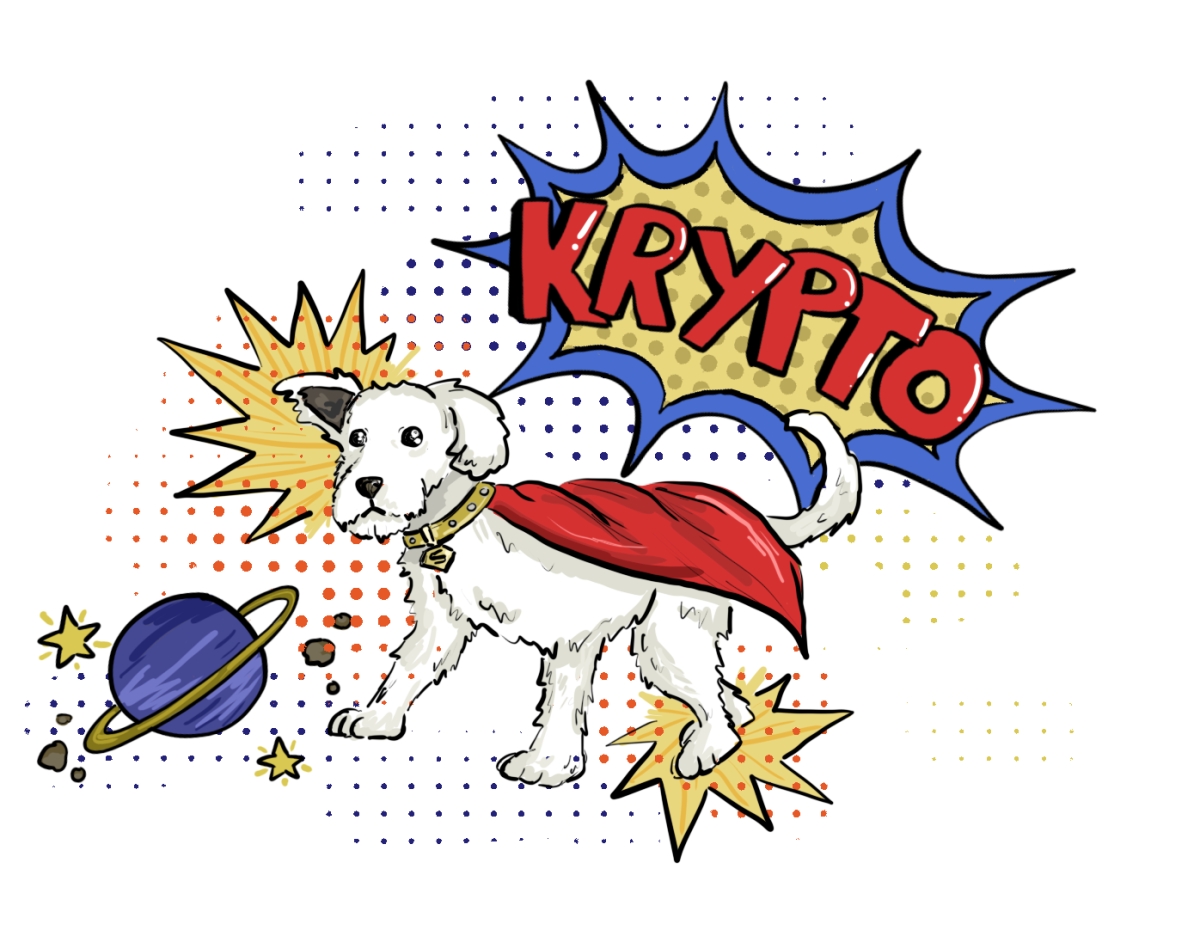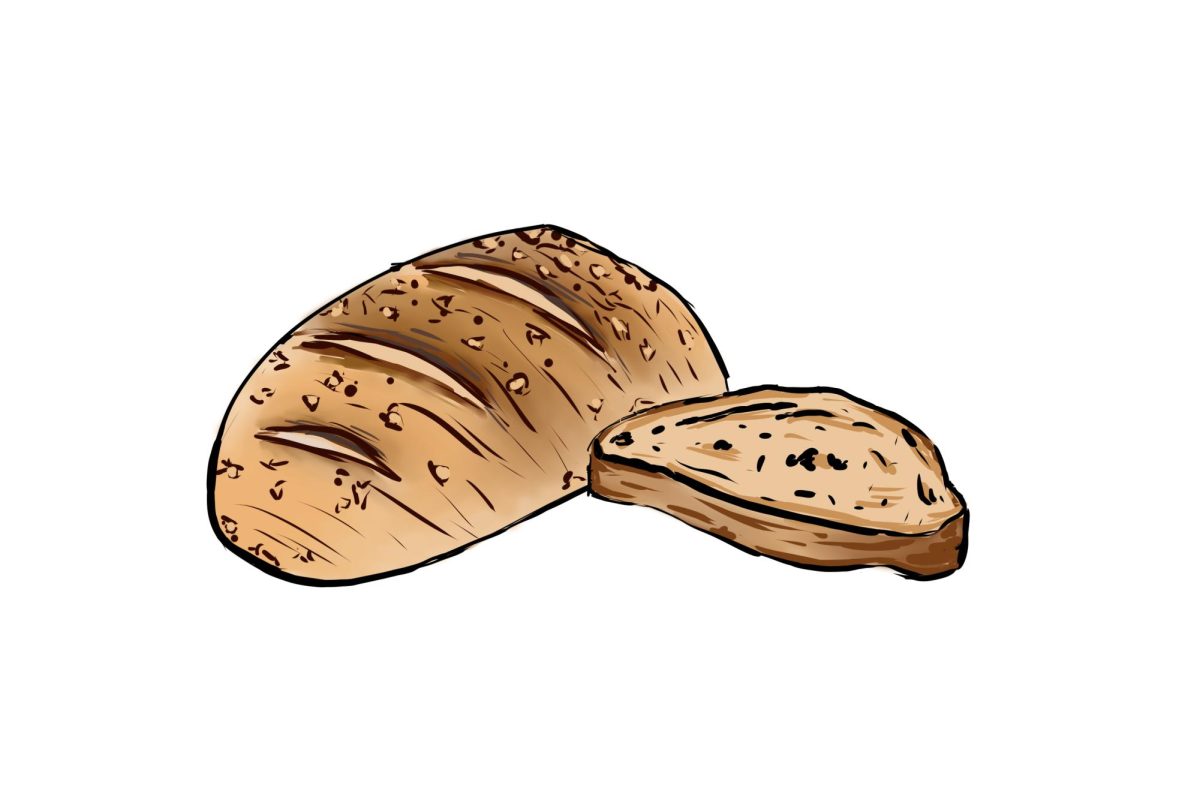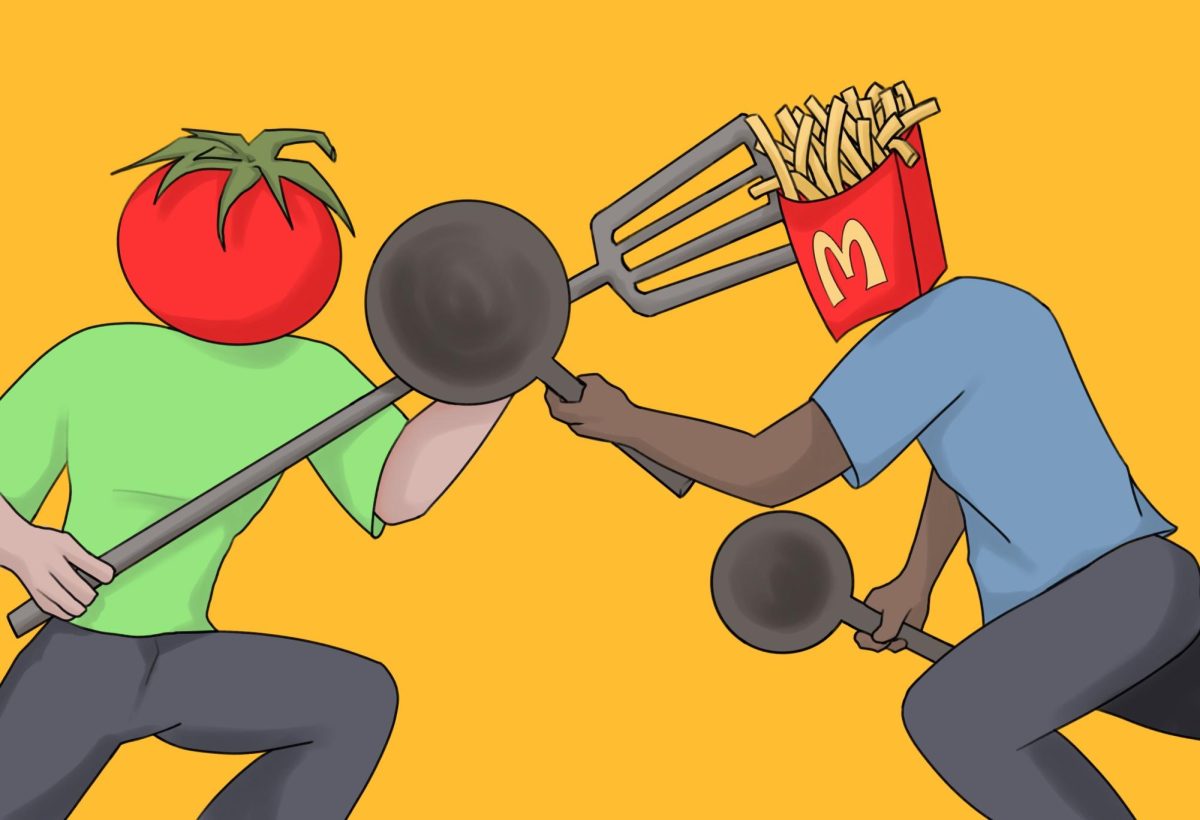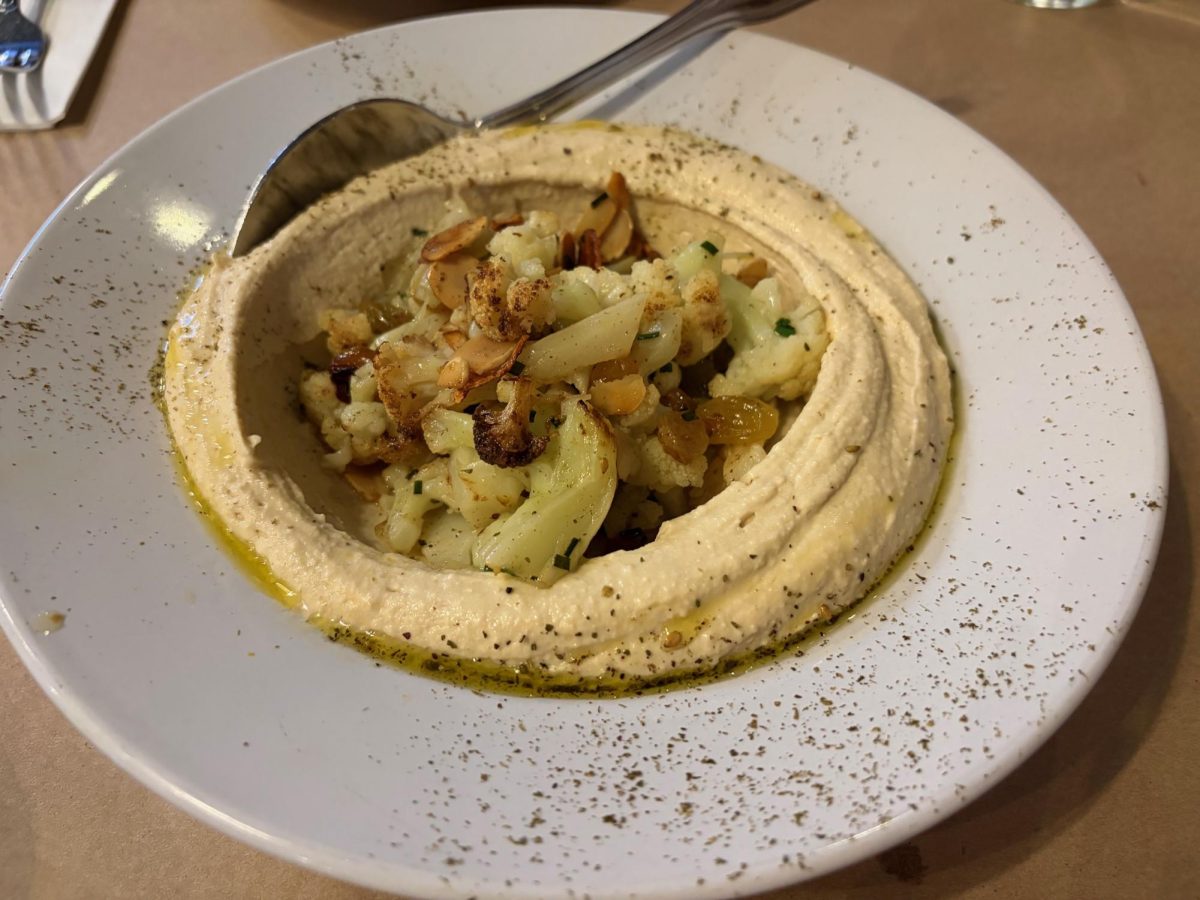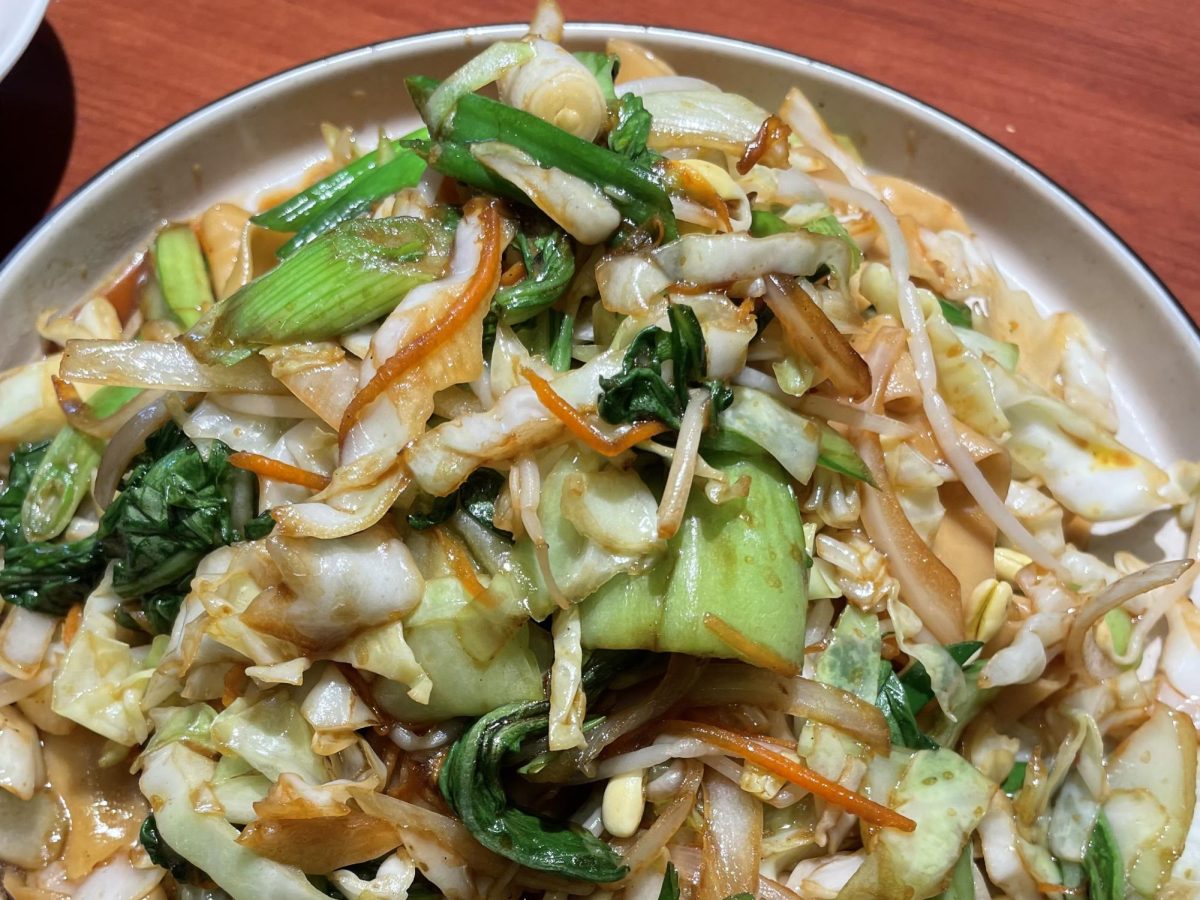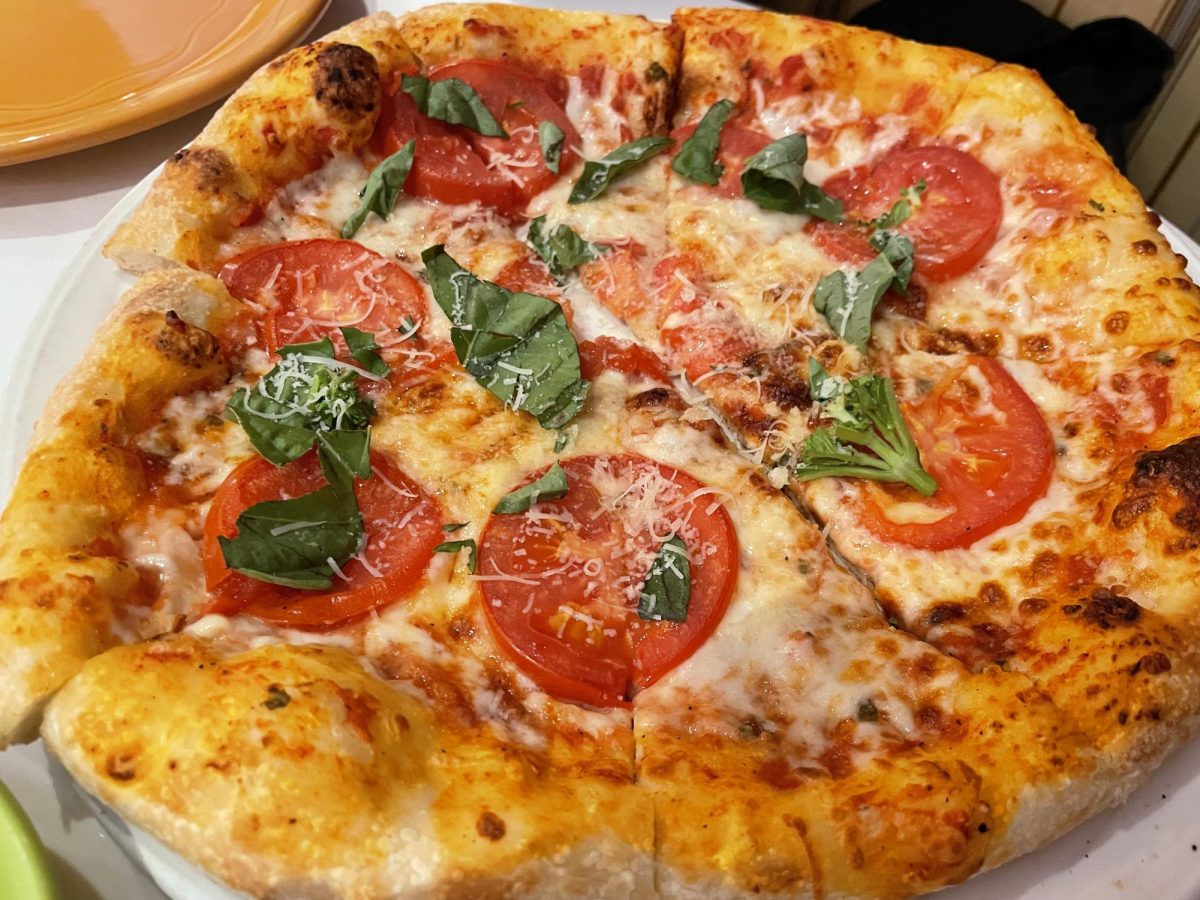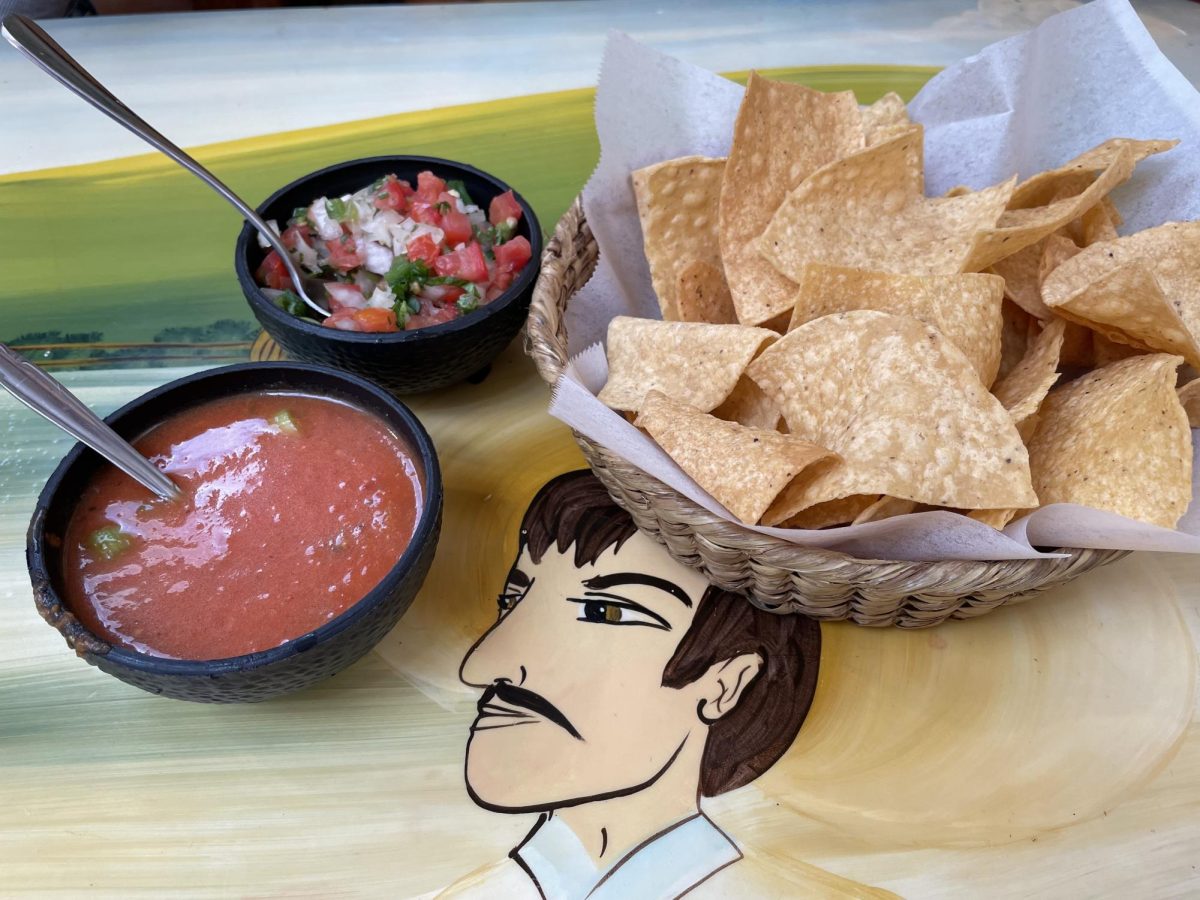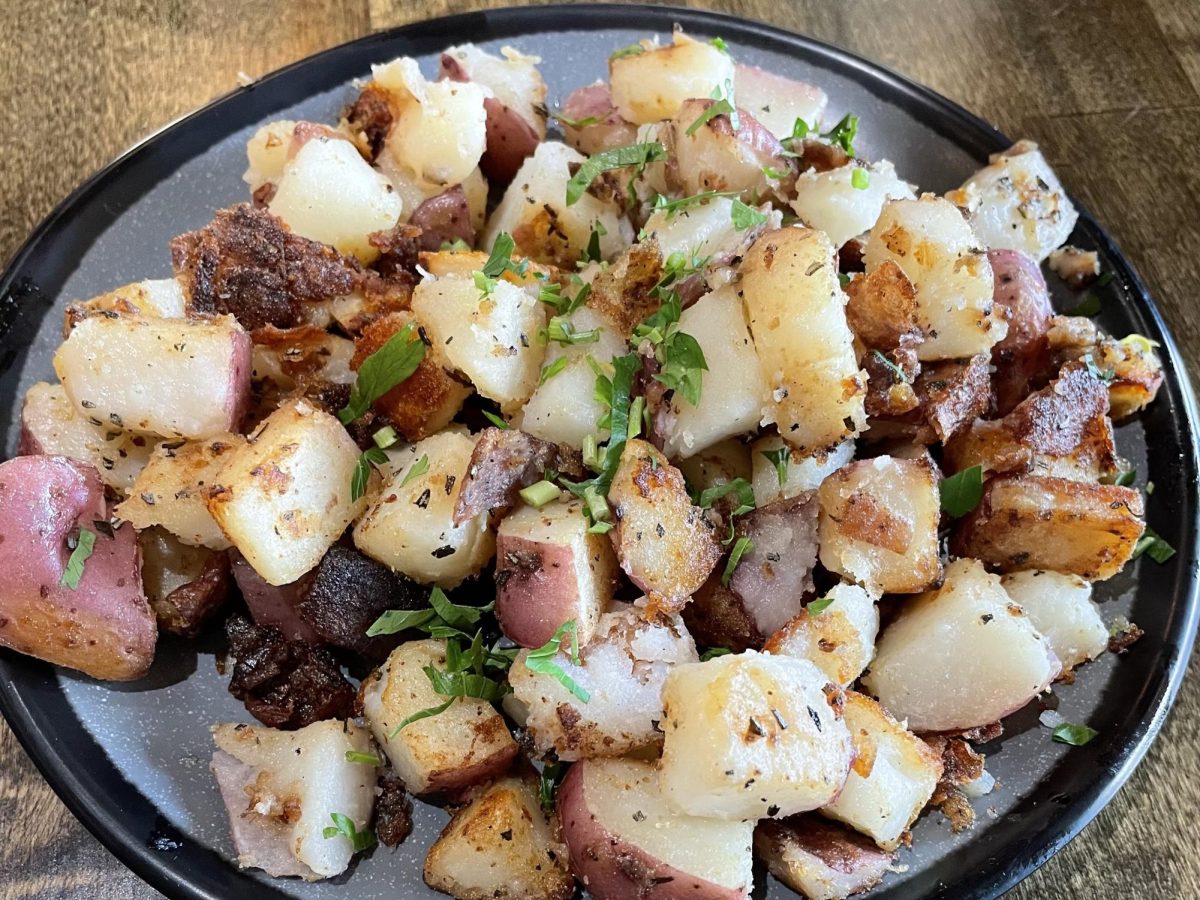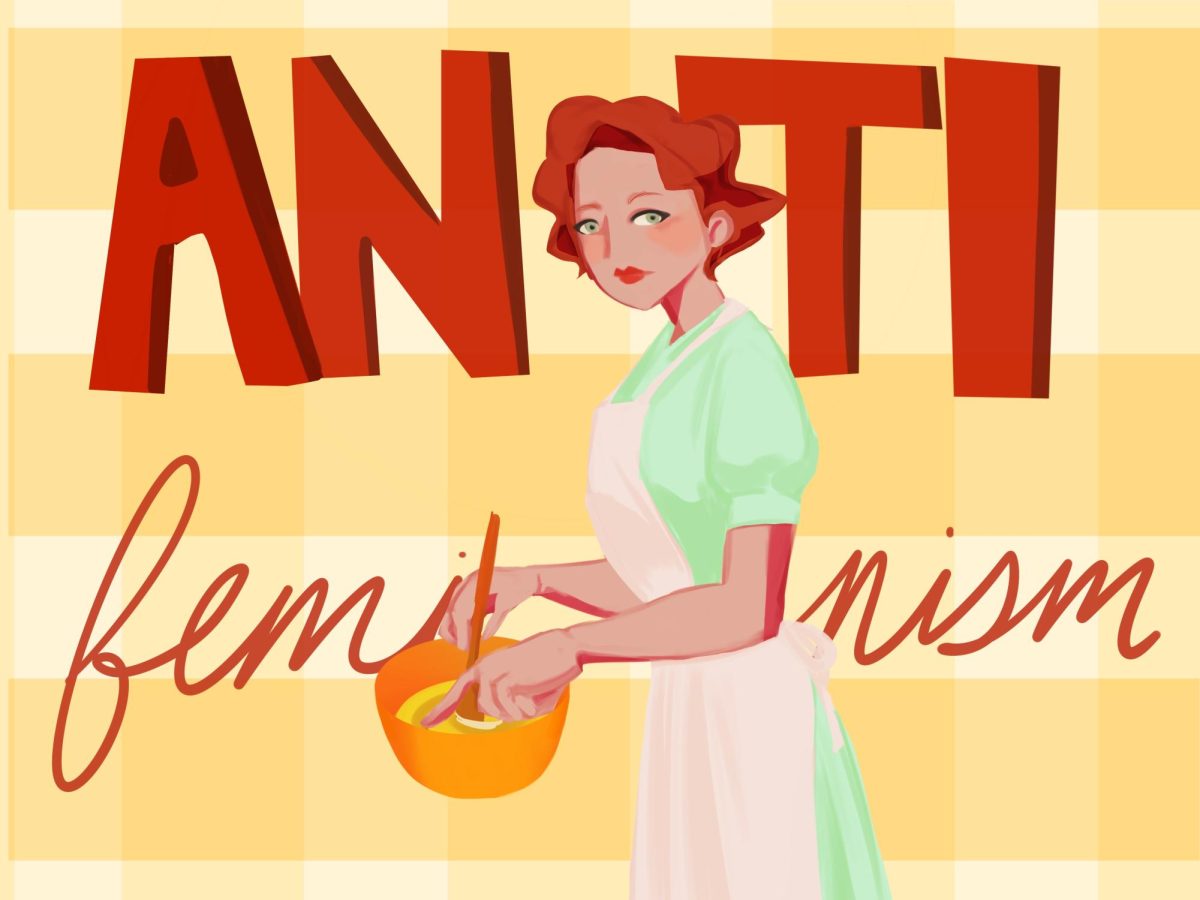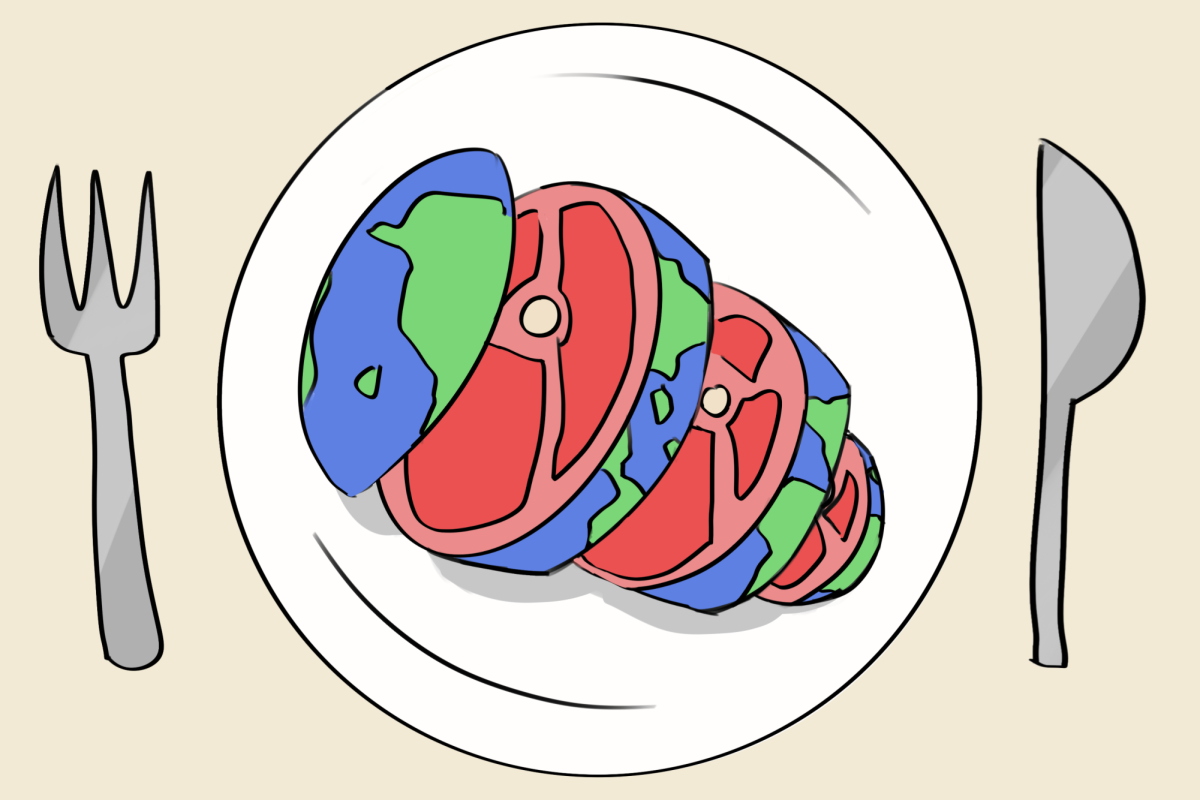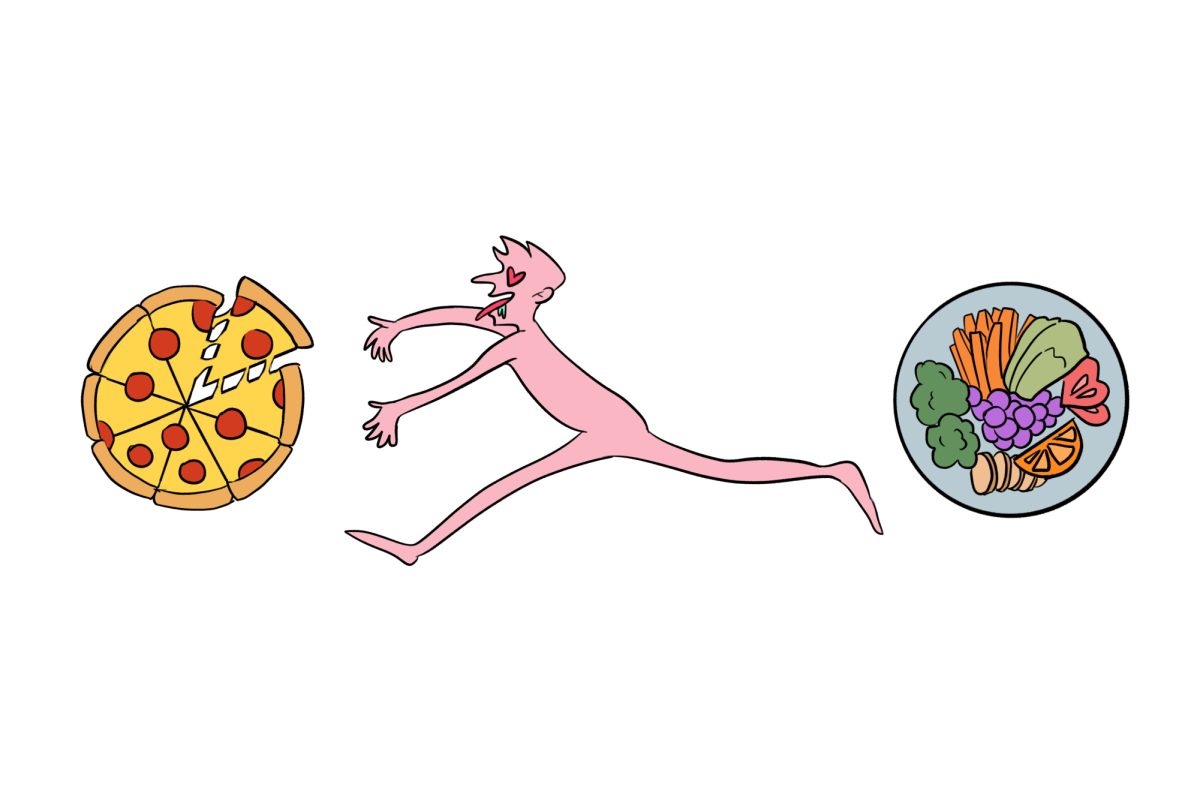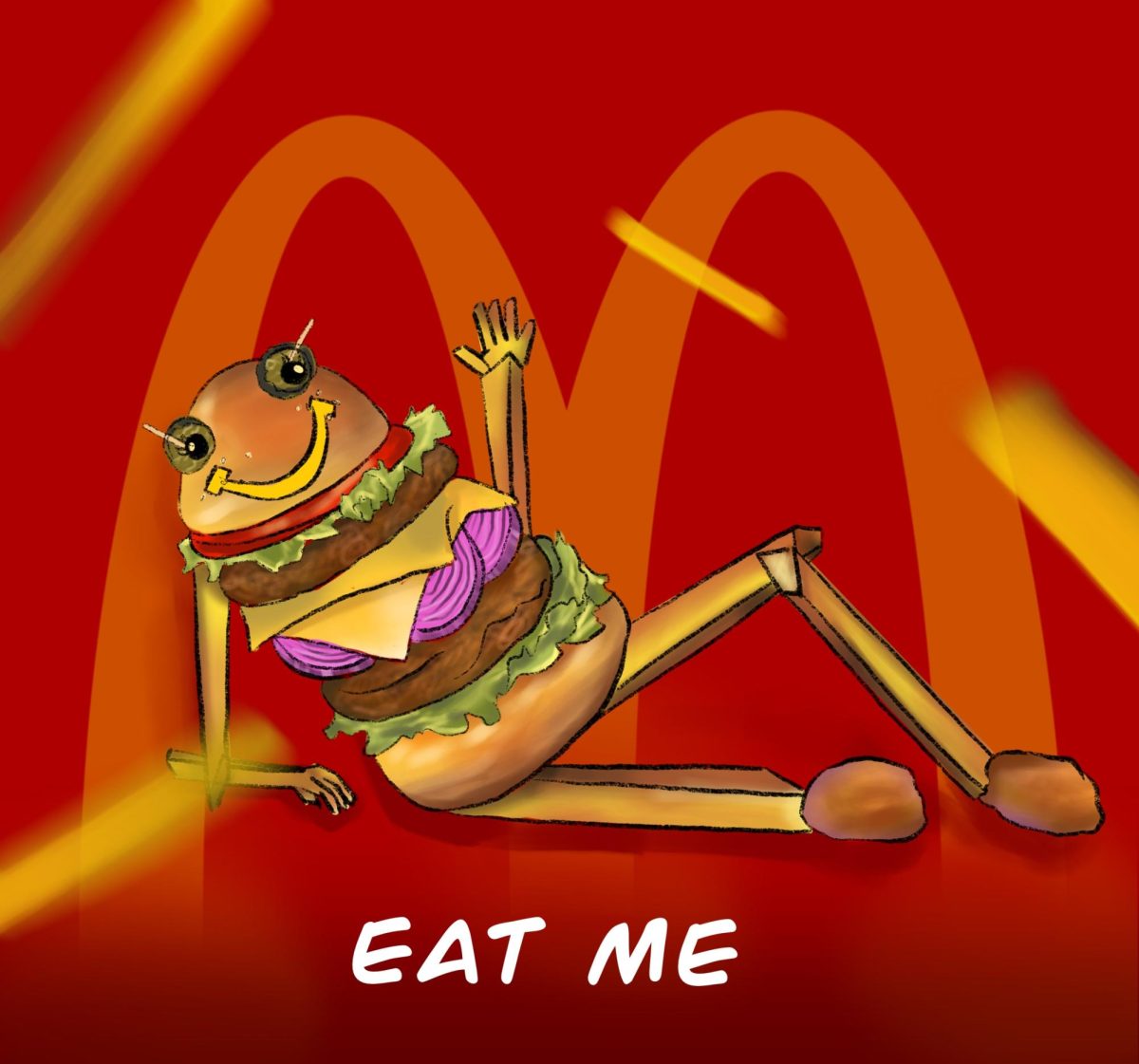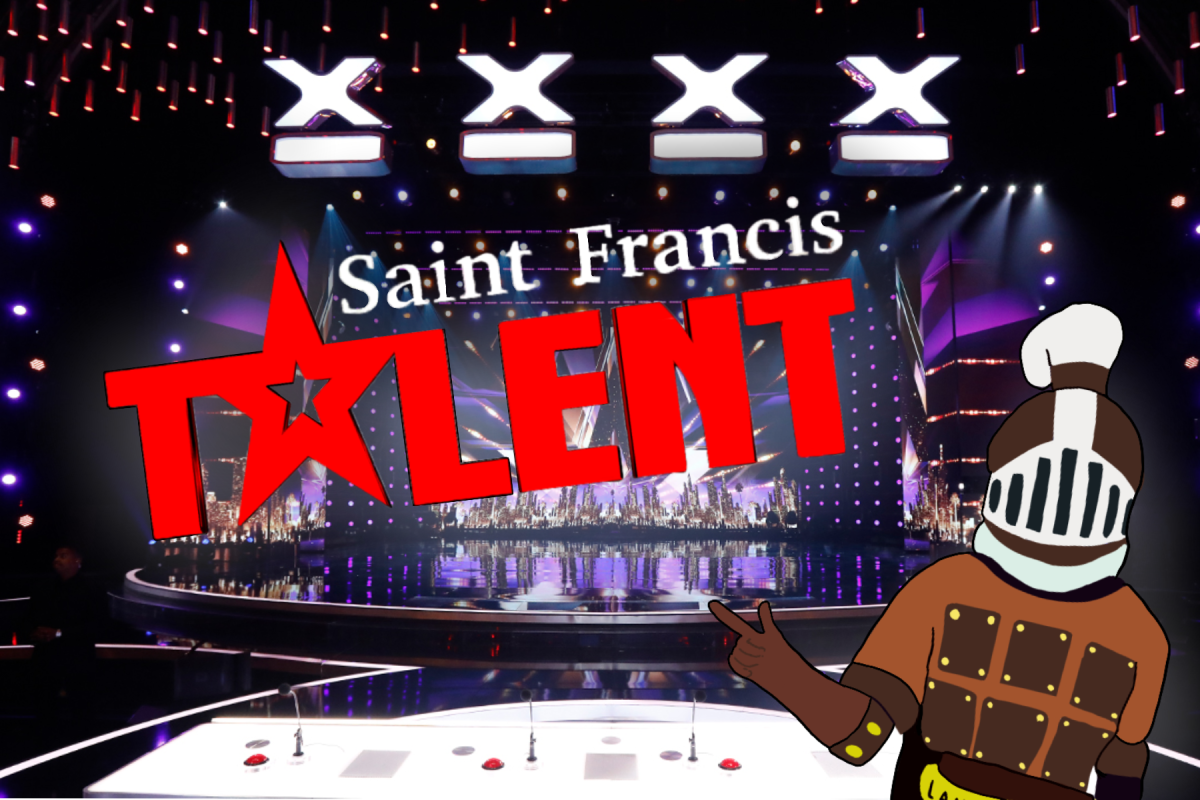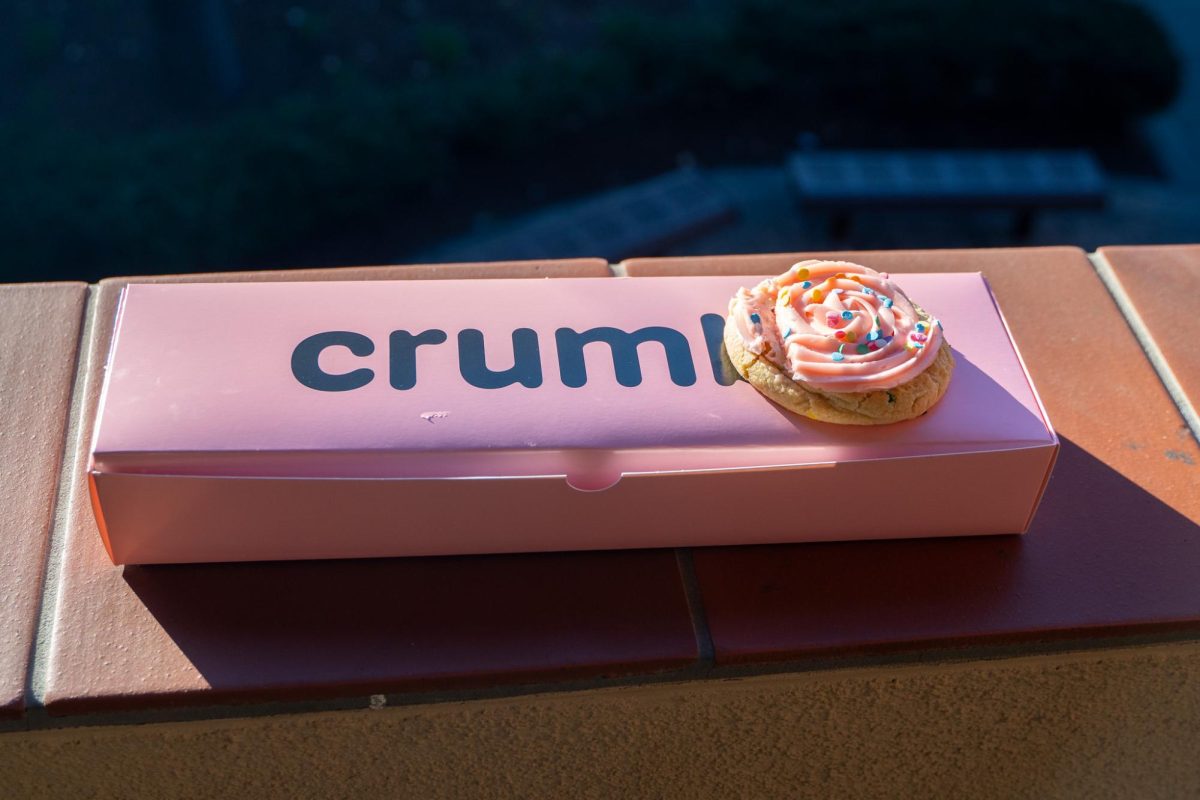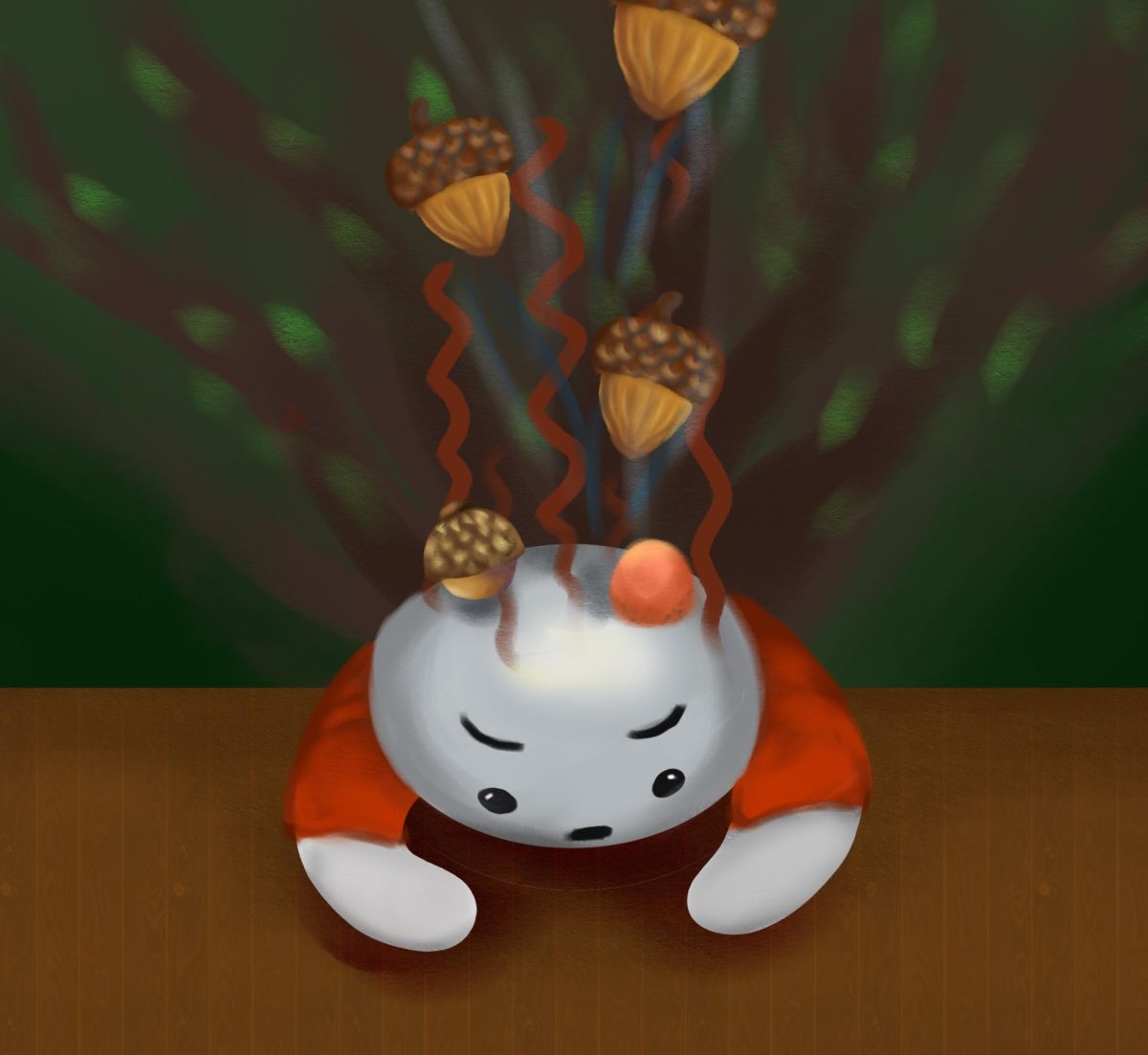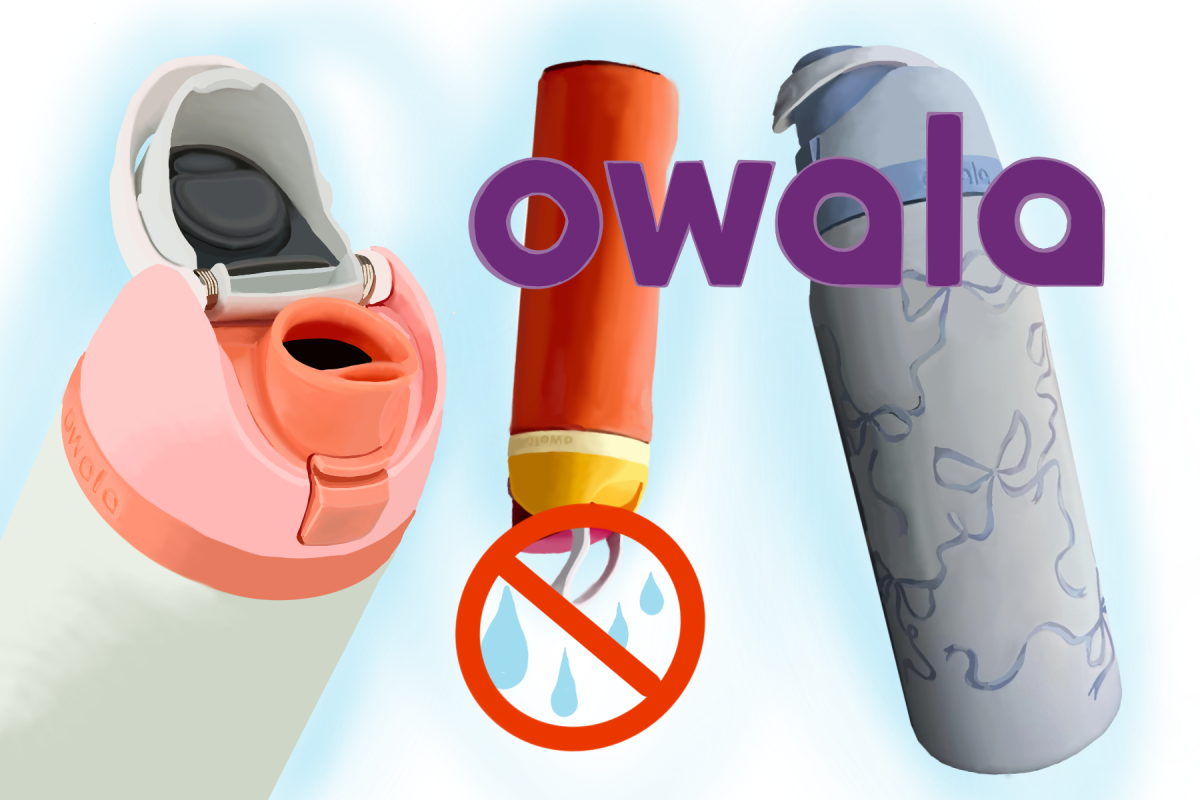By now, if you haven’t heard of Crumbl, you just might be living under a rock. Crumbl is a franchised cookie company with locations all across the United States and has been exceptionally viral over the past few years—you might have heard the phrase, “Have you checked out the Crumbl flavors this week?” Crumbl has new flavors every single week, from collaboration with other companies, for cookie flavors like Oreo, to banana bread. Each cookie sounds delicious, but Crumbl has been highly scrutinized and criticized for the calories and amount of sugar per cookie; for example, their holiday candy cane brownie cookie had over 1200 calories in just one cookie. Yet, it continues to be a very popular and successful dessert spot.
In 2017, Crumbl was founded by Jason McGowan and Sawyer Hemsley in Logan, Utah. They started with the Crumbl Milk Chocolate recipe—one of the two staples in the rotating flavor menu. The co-founders decided to make Crumbl an open-concept kitchen so that customers could see their cookies being made. One of the biggest drivers of Crumbl’s success is its ability to dominate social media platforms like TikTok and Instagram. The company consistently engages users with visually appealing content—videos of cookies being cut open to reveal gooey centers, flavor reveals, and customer reactions. This strategy has turned the act of buying and reviewing Crumbl cookies into a trend in itself. TikTok users often share their weekly reviews of the rotating flavors, which not only drives engagement but creates a sense of anticipation among viewers. The company has been heavily featured in social media, for better or for worse. A TikTok of a negative cookie review accrued over 400,000 likes in less than 24 hours. Additionally, each cookie is at a relatively steep price point compared to competitors like Insomnia cookies. Crumbl charges $18.99 for a box of just four cookies. Vox explains that Crumbl is a “manifestation of hyper-consumption fueled by a conveyor belt of micro-trends that come and go at an ever-increasing pace.”
Yet the reason Crumbl seems to rise above the harsh comments over and over again is likely due to the rotating flavors. Crumbl’s business model is based on limited-time offerings (LTOs). The new weekly flavors create a sense of scarcity and, as a result, urgency for consumers to try a flavor since it’s available for such a short period of time. Conversely, Crumbl has strong customer retention, with buyers coming back to try new flavors and engage in a variety of options. Even the presentation of the cookies—the iconic pastel pink packaging—leads buyers to associate the product with exclusivity, making the purchase feel like an indulgent treat rather than just a dessert. The branding, combined with the buzz generated on platforms like TikTok and Instagram for the weekly flavor drops, turns each cookie into more than a sweet treat—it becomes a topic of conversation and a moment to share online. This combination of scarcity, variety, and aesthetic appeal ensures that Crumbl continues to thrive despite critiques about its price and nutritional content.
Crumbl’s rapid rise to success is a testament to its business strategy: its viral marketing and LTO model. While the company has its critics, it continues to thrive by offering a unique experience that just keeps customers coming back for more. Whether you love them or hate them, Crumbl has undeniably changed the way we think about cookies—and dessert trends in general.
















